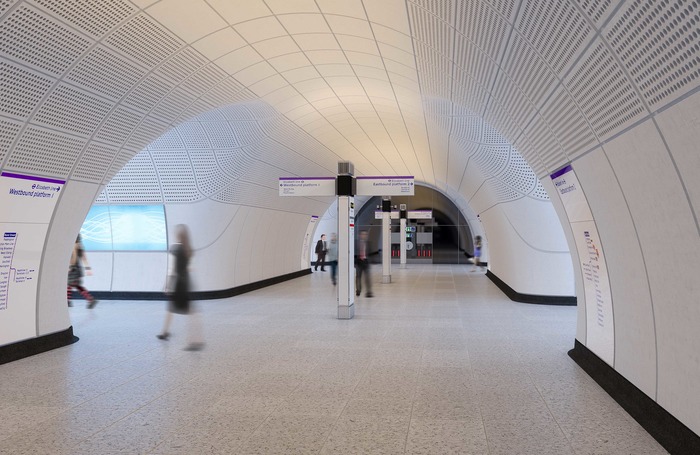The Profit & Loss (P&L) statement shows at a glance how much a business is making or losing. Along with the cash flow forecast, the P&L is a useful, many would say essential, measure of a practice’s financial health and sustainability.
Neil Boyde, Chief Financial Officer at Grimshaw, has developed a simple P&L statement that he finds essential for regular monitoring of the practice's health.

Unlike the formal P&L statement prepared for company accounts, Boyde’s ‘Six-line P&L’ is designed to present the financial performance of an architectural practice in a clear and simple manner while being quick to put together.
‘It is easy to get buried in layers of complexity, but keeping a P&L simple allows you to understand the big picture quickly and easily, and if you don’t understand it then you need to take steps to do so,’ says Boyde.
The P&L has the added merit of being relatively easy to use for projections to build budgets or forecasts in a consistent manner.
Boyde’s ‘Six-line P&L’ comprises six key metrics:
Turnover
Less: Direct costs
Equals: Net revenue
Less: Staff costs
Less: Other operating costs
Equals: Operating profit
Turnover is the total amount billed or billable to clients for project activity completed in the period.
Direct costs or project costs are expenses incurred in connection with a specific project. Examples include: sub-consultants (rechargeable or non-rechargeable), travel relating to the project, printing of drawings, models, legal costs for review of contracts. This metric excludes the cost of staff and business overheads, such as rent, travel not relating to a project, and printing of practice marketing brochures.
Deducting direct costs from turnover gives net revenue which is the incremental money that the business makes as a result of project work undertaken. Net revenue needs to cover operating costs and generate a profit.
Staff costs or employment costs are the total costs of employment of staff including salary, social security, pension contributions and any other benefits. This should include any partner drawings as being representative of a salary.
Other operating costs are all other costs of the business, except for taxes on profit. Deducting staff costs and other operating costs from net revenue gives the operating profit.
Practices can then generate two key ratios:
The staff cost ratio is staff costs divided by net revenue. Boyde says this is a key measure of the financial stability of any professional services business and allows practices to understand the number of staff needed to support revenue.
This ratio will vary according to the size and structure of the practice and the type of work, but a good indicator is a ratio between 55% and 65%.
The operating costs ratio is operating costs divided by staff costs. Staff costs is used as the denominator because other costs are typically driven by staff numbers rather than the volume of business. A good place to be is between 30% and 40%.
Warning signs should start to flash if the staff cost ratio rises above 70% for the business. Conversely, a ratio at around 50% or less suggests that you are getting away with charging clients too much for your services or pushing your staff too hard.
Having a staff cost ratio pushing either of these high or low limits will prove unsustainable in the long run, warns Boyde.
Thanks to Neil Boyde, Chief Financial Officer, Grimshaw Architects.
Text by Neal Morris. This is a Professional Feature edited by the RIBA Practice team. Send us your feedback and ideas.
RIBA Core Curriculum Topic: Business, clients and services.
As part of the flexible RIBA CPD programme, Professional Features count as microlearning. See further information on the updated RIBA CPD Core Curriculum and on fulfilling your CPD requirements as an RIBA Chartered Member.
First published: 23 August 2018









